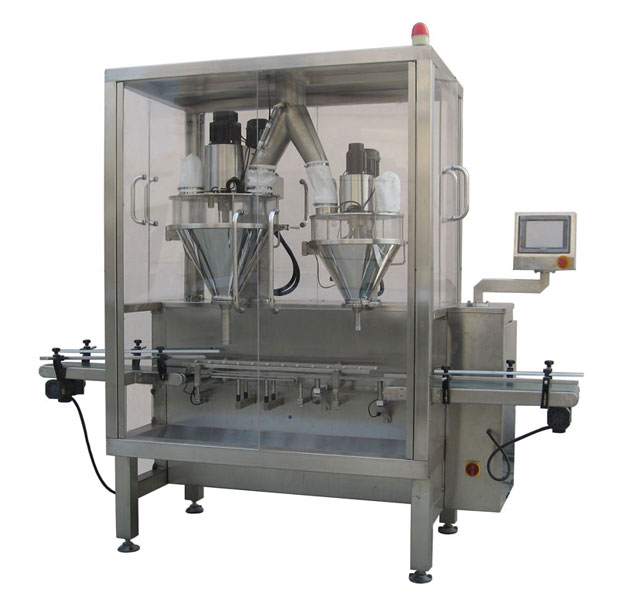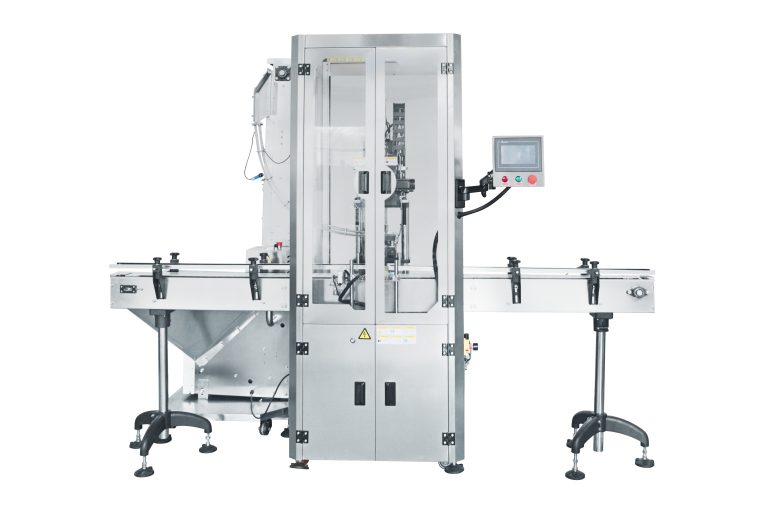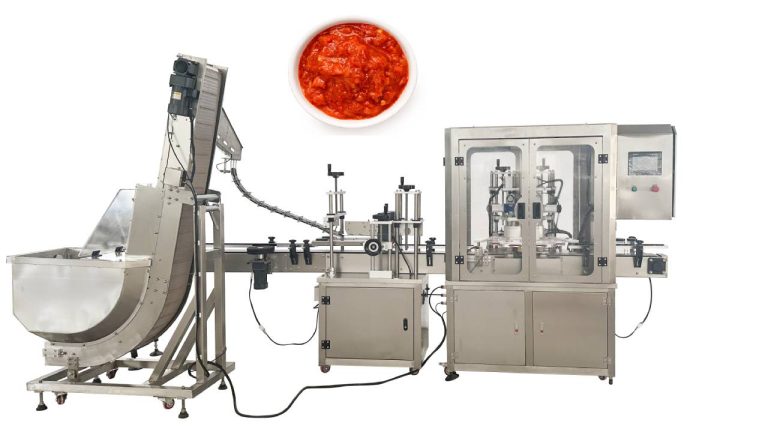Table of Contents
Introduction
In the world of packaging, the automatic single head rotary Ropp capping machine stands as a crucial piece of equipment. It plays a significant role in ensuring that products are properly sealed, maintaining their quality and integrity. This blog post will delve into how this machine works and why it is so important in various industries.
How It Works
Bottle Feeding
The process begins with the feeding of bottles into the capping machine. Bottles are typically conveyed to the machine using a conveyor belt. As they reach the capping area, a star wheel or a similar mechanism precisely positions each bottle under the capping head. This ensures that the bottle is in the correct orientation and location for the capping process to take place accurately.
Cap Delivery
Caps are stored in a cap hopper. From the hopper, the caps are fed into a cap delivery system. This system is designed to separate the caps and orient them correctly. For example, in a Ropp capping system, the caps need to be placed on the bottle neck in a specific way. The cap delivery system uses various methods such as vibratory bowls or mechanical arms to ensure that each cap is presented to the bottle in the right position.
Capping Operation
Once the bottle and the cap are in place, the capping head descends onto the bottle. In a single – head rotary Ropp capping machine, the capping head has a set of rollers or other mechanical components. When the head comes into contact with the cap, these components start to rotate. As they rotate, they deform the cap around the bottle neck, creating a tight and secure seal. The rotation and pressure applied are carefully calibrated to ensure that the cap is neither too loose nor too tight.
Torque Control
To ensure the quality of the seal, the machine is equipped with a torque control system. This system monitors and adjusts the amount of force applied during the capping process. If the torque is too low, the cap may not be properly sealed, leading to leakage or contamination. On the other hand, if the torque is too high, it could damage the bottle or the cap. The torque control system ensures that the capping process is consistent and reliable across all bottles.
Ejection
After the capping process is complete, the bottle is ejected from the capping area. It then moves along the conveyor belt to the next stage of the packaging process, such as labeling or boxing.

Why It Matters
Product Quality and Safety
One of the most important reasons why the automatic single head rotary Ropp capping machine matters is its impact on product quality and safety. A proper seal prevents the entry of air, moisture, and contaminants into the bottle. This is especially crucial for products such as pharmaceuticals, food, and beverages. For example, in the pharmaceutical industry, a loose cap could allow bacteria or other harmful substances to enter the medicine, rendering it ineffective or even dangerous. By ensuring a tight and secure seal, the machine helps to maintain the quality and safety of the products.
Efficiency and Productivity
These machines are designed for high – speed operation. They can cap a large number of bottles in a short period of time. In a production line, the capping process is often a bottleneck. The automatic single head rotary Ropp capping machine can significantly increase the throughput of the line, reducing production time and costs. For instance, in a beverage factory, the ability to cap hundreds of bottles per minute means that more products can be produced and shipped out to the market in a shorter time frame.
Consistency
Manual capping processes are prone to human error. Different operators may apply different levels of force when capping bottles, leading to inconsistent seals. The automatic single head rotary Ropp capping machine, on the other hand, provides a high level of consistency. It applies the same amount of torque and pressure to each cap, ensuring that every bottle in a production run has a uniform and reliable seal. This consistency is essential for maintaining brand reputation and meeting quality standards.
Adaptability
These machines are highly adaptable. They can handle a variety of bottle sizes and shapes, as well as different types of caps. This makes them suitable for use in multiple industries. For example, a single machine can be used to cap both small perfume bottles and large industrial chemical containers. The ability to switch between different bottle – cap combinations quickly and easily allows businesses to be more flexible in their production processes.
Cost – effectiveness
Although the initial investment in an automatic single head rotary Ropp capping machine may be significant, it offers long – term cost savings. By reducing the need for manual labor, the machine lowers labor costs. It also reduces the number of defective products due to improper capping, which in turn reduces waste and the cost associated with rework. Additionally, the increased productivity and efficiency of the machine can lead to higher profits for the business.
Conclusion
The automatic single head rotary Ropp capping machine is a vital component in the packaging industry. Its precise operation, ability to ensure product quality and safety, and its numerous benefits in terms of efficiency, consistency, adaptability, and cost – effectiveness make it an indispensable tool for businesses across various sectors. As technology continues to advance, these machines are likely to become even more sophisticated and efficient, further enhancing their importance in the world of packaging.






